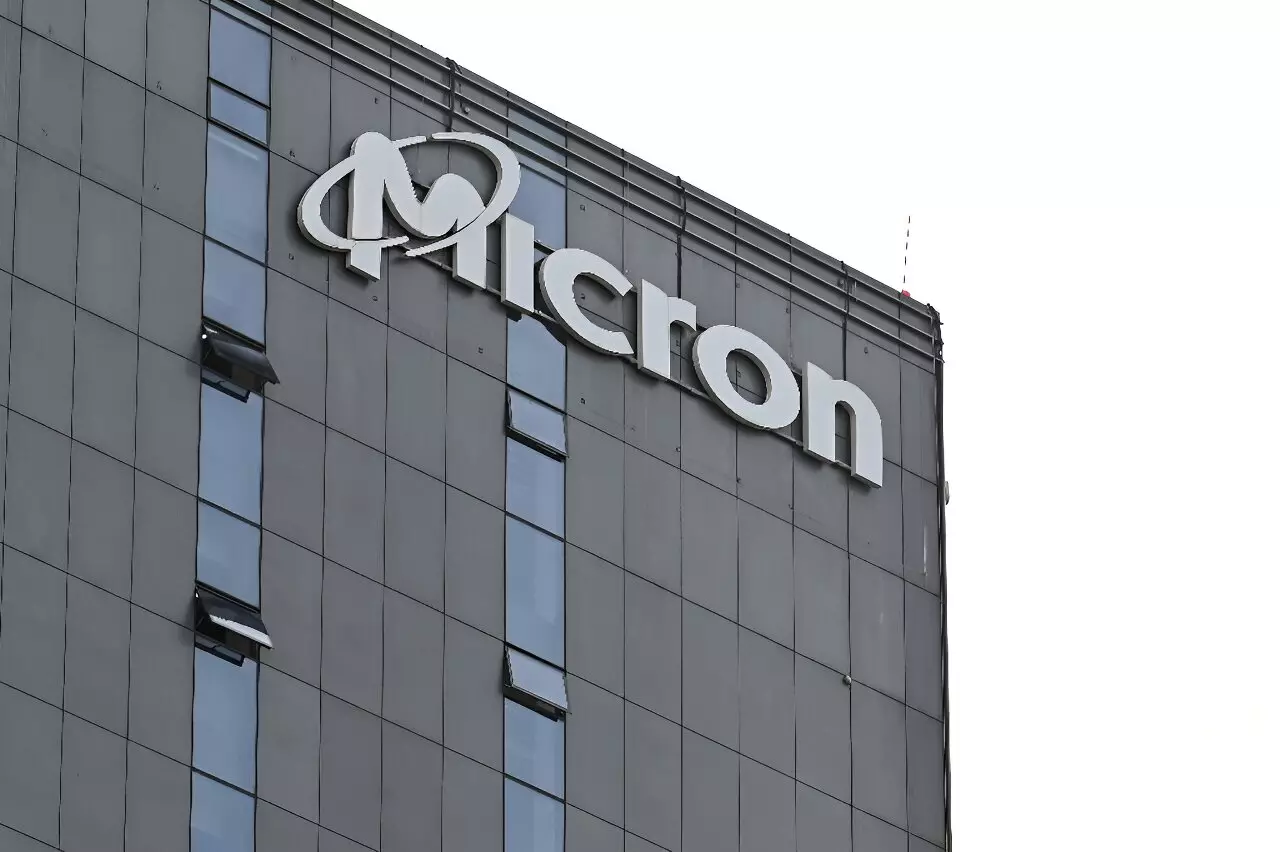The recent announcement by the White House regarding Micron’s receipt of up to $6.1 billion in grants from the US government to build semiconductor plants in New York and Idaho signifies a significant step towards revitalizing semiconductor production in the country. The initiative, to be unveiled by President Joe Biden in Syracuse, New York, is part of a broader effort by Washington to bring back semiconductor manufacturing to the United States, aiming to secure the nation’s lead in the chip industry.
The funding, which falls under the CHIPS and Science Act, reflects a substantial commitment by the government to support research and development in the semiconductor sector. This strategic investment is expected to enable Micron to establish cutting-edge memory chip manufacturing facilities in the United States after a gap of two decades. The move is seen as essential for enhancing national security capabilities and reducing reliance on chip production in countries like China.
Micron’s planned investment of up to $125 billion over the next two decades across New York and Idaho is projected to generate over 70,000 jobs, including 20,000 direct roles in construction and manufacturing. This infusion of capital and the creation of high-tech job opportunities are crucial for driving economic growth and fostering innovation in the semiconductor industry. By bringing back memory chip manufacturing to the United States, Micron is poised to contribute significantly to the development of advanced technologies.
Safeguarding National Interests
The efforts to bolster semiconductor production in the United States are underscored by the imperative to safeguard national interests in the face of global competition. As highlighted by Chuck Schumer and Commerce Secretary Gina Raimondo, the return of advanced memory semiconductor technology to the country is vital for maintaining leadership in artificial intelligence, protecting economic security, and ensuring a stable supply of essential components for various applications ranging from smartphones to defense systems.
The dependence of the United States on foreign countries, particularly in Asia, for chip production poses significant risks in terms of supply chain vulnerabilities. The COVID-19 pandemic and geopolitical crises have underscored the importance of domestic semiconductor production capabilities to mitigate potential disruptions in the supply of critical technologies. By reducing reliance on overseas chip suppliers, the United States can bolster its resilience to external shocks and strengthen its strategic autonomy.
In addition to the grants provided to Micron, the announcement of new “workforce hubs” in key regions such as Upstate New York, Michigan, Philadelphia, and Milwaukee reflects a broader commitment to promoting workforce development in the semiconductor industry. By establishing hubs that foster collaborations between employers and educational institutions, the government aims to cultivate a skilled workforce capable of meeting the evolving demands of the semiconductor sector.
The allocation of grants to support semiconductor production in the United States signifies a pivotal moment in the country’s efforts to revive its semiconductor industry, enhance national security capabilities, and promote economic growth. The strategic investment in Micron and the establishment of workforce hubs demonstrate a comprehensive approach to addressing the challenges and opportunities in the semiconductor sector, positioning the United States as a leader in advanced semiconductor technologies.


Leave a Reply